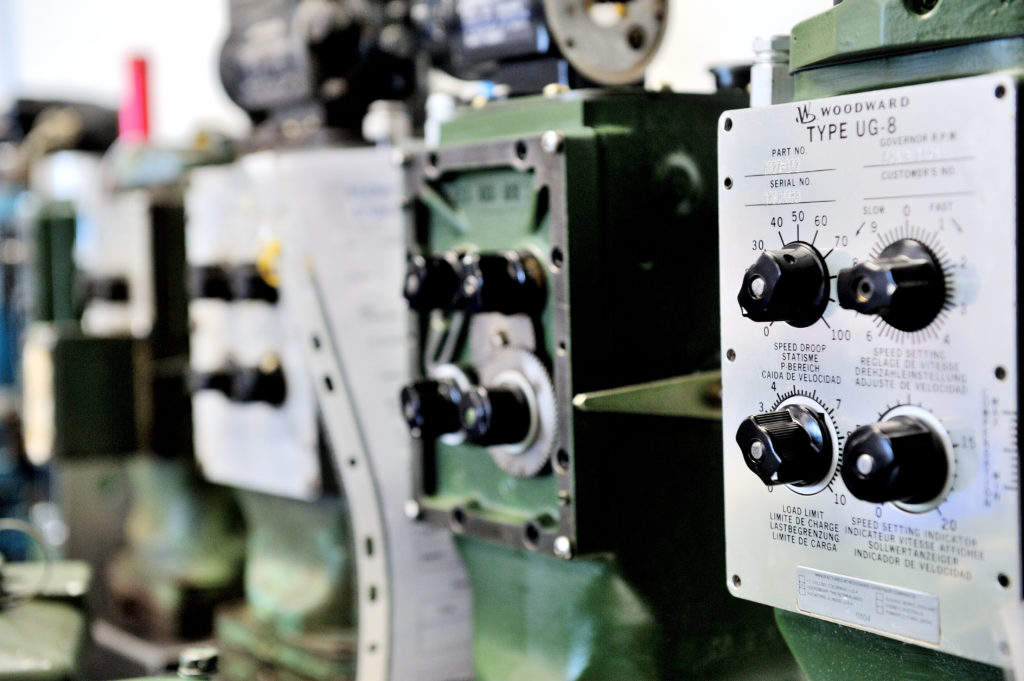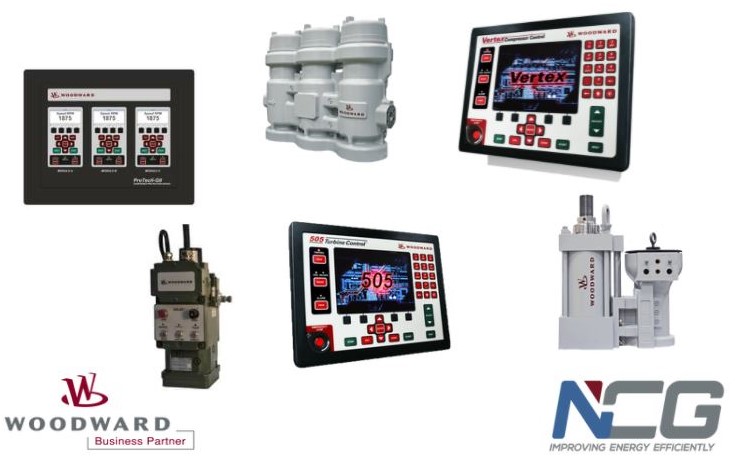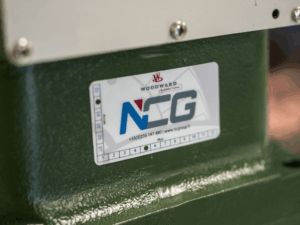Did you know?
Most of the time, the problems encountered on a governor are related to the assembly and/or the adjustment of compensation. Indeed, they are not necessarily caused by the governor itself. When incorrect speed variations appear, we advise you to follow a precise procedure. Discover the different steps to properly maintain your governor.
The governor's maintenance
Check your governor set up. Is the drive of my machine in good conditions? Is my governor well trained?
Check that your machine is working properly. Make sure all cylinders/valves are working properly and injectors/valves are in good working order, properly calibrated and free from binding.
Do I have play in my linkages / ball joints? Check linkage between governor and injection. There should be no contraining or wasted movement.
Check needle screw setting and offset setting.
Check that the oil is clean and that the oil level is correct and at the correct operating temperature. The source of most problems for any hydraulic governor is dirty oil. Impurities can be introduced into the governor along with the oil, or form when the oil begins to break down or becomes muddy. Valves, pistons and distributors can stick in some positions, due to impurities in the oil.
Cleaning the inside of the governor with commercial solvents is not recommended as they can damage oil seals, O-rings, paper, etc. Change the oil and flush the governor twice a year, if possible. To change the oil, remove the drain plug and drain the old oil. Tinse the governor, filling it with new oil and, turning at a low speed, open the needle screw two or three turns. Let the governor pump for one or two minutes, then stop your machine and drain it. Flush the governor a second time and finally fill the governor with oil. Restart your machine and reset the adjustement of the compensating screw to its original opening.
Check that the drive is properly aligned and free of roughness, axial stress and excessive play.
Questions? A quotation?
Our team is at your disposal for any request.





